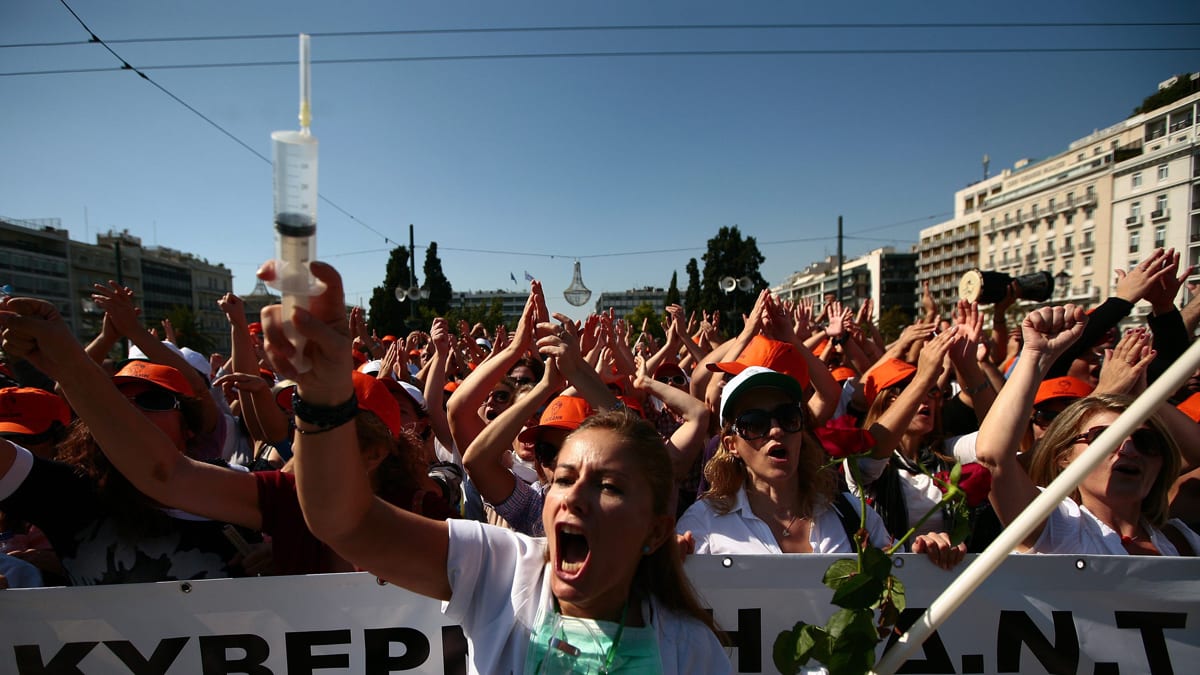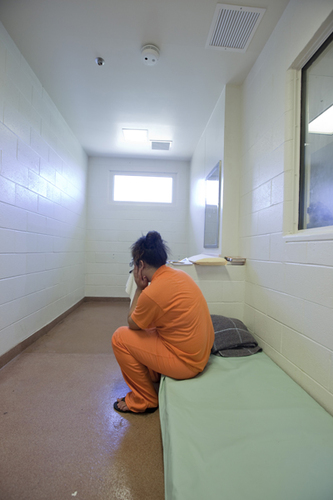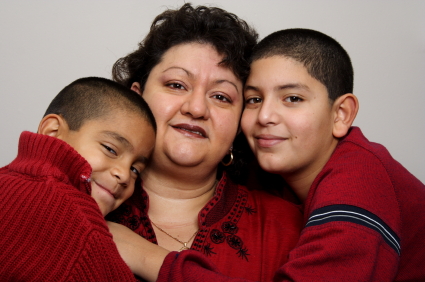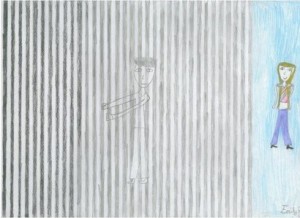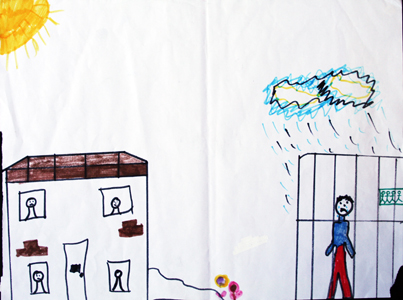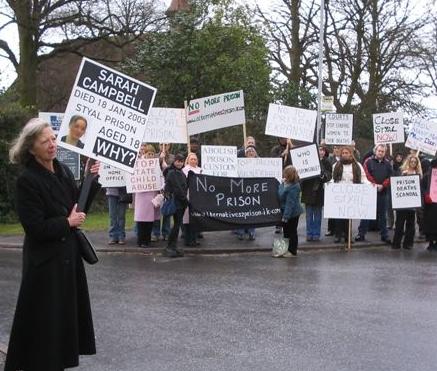Earlier this week, Jacob Blake’s father reported that his son – shot seven times in the back by policemen, paralyzed from the waist down, fighting for his life – was not only under constant police guard but was also shackled to his bed. Jacob Blake Sr remarked, “Why do they have that cold steel on my son’s ankle? He couldn’t get up if he wanted to. So that’s a little overkill to have him shackled to the bed.” Shackling is what police and prison staff do. Ask the myriad pregnant women who have suffered childbirth while shackled to a bed. It’s the American way.
Earlier this month, a newly published book, Belabored: A Vindication of the Rights of Pregnant Women, notes, “In 2017, around 225,060 women in the United States were imprisoned in state and federal prisons and jails, and over a million more were on probation or parole. In 2019, approximately 1,400 incarcerated women were pregnant. Giving birth in prison is a horrific experience, both physically and emotionally. Prisoners have recounted being shackled to the bed, and many say they weren’t allowed to have anyone in the room with them other than the hospital staff. One in eight incarcerated parents will lose their parental rights. And incarcerated mothers are the most likely to lose their children to foster care.”
In May 2020, South Carolina banned the shackling of pregnant women (prisoners) in childbirth. This was a major victory, won after years and decades of struggle and organizing. A number of states, almost half the states in the United States, continue to allow shackling pregnant women (prisoners) in childbirth, and the bans of other states are riddled with loopholes and confusion.
According to the American Psychological Association, “Women subjected to restraint during childbirth report severe mental distress, depression, anguish, and trauma.” This practice is what Jacob Blake Sr. witnessed, it is what Jacob Blake suffered. Shackles are baked into the fabric of the United States, and not only the so-called criminal justice system. Severe mental distress, depression, anguish, trauma: those are the constitutive, if not Constitutional, elements of justice in America. They are what we apply and what we seek for those who must be controlled. There was no overkill in Jacob Blake’s hospital room, sadly. There was only the United States of America at it again. Jacob Blake is no longer shackled to his bed, but the shackles have not been removed.
(Photo Credit: National Museum of African American History and Culture)


